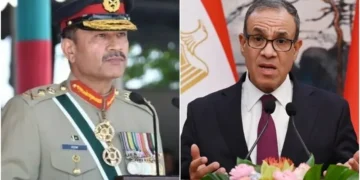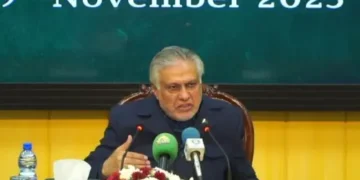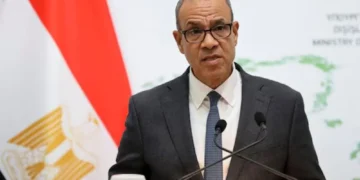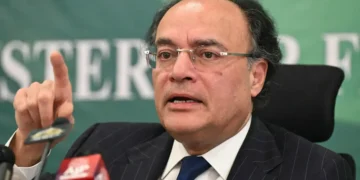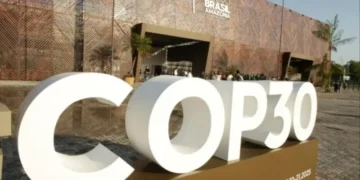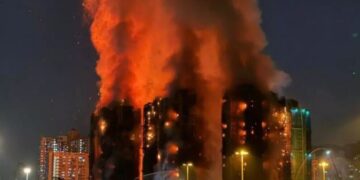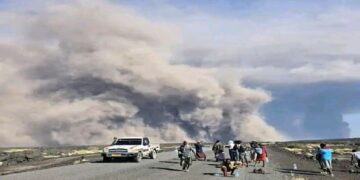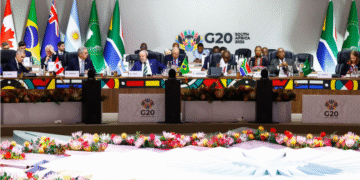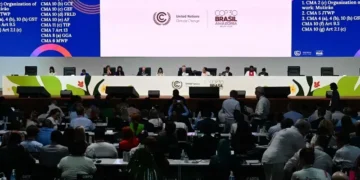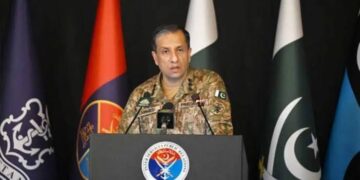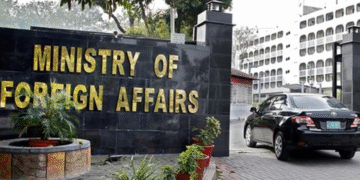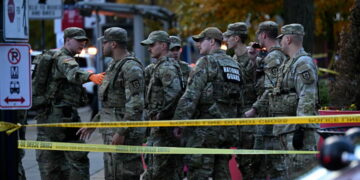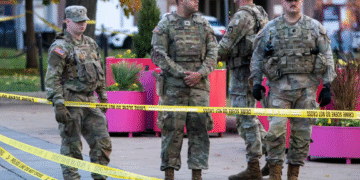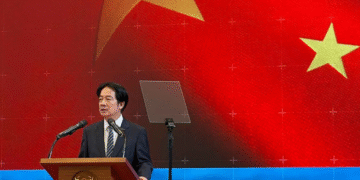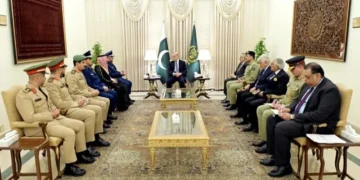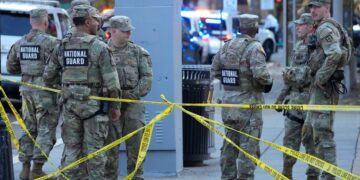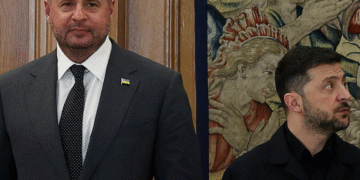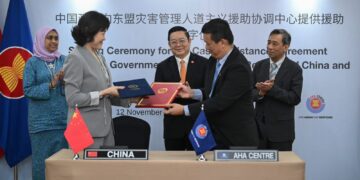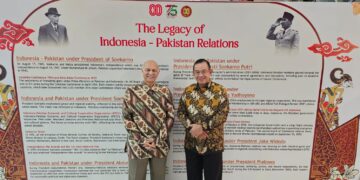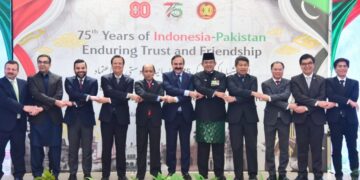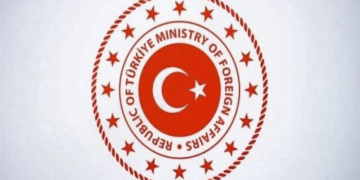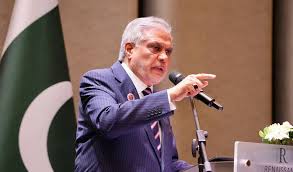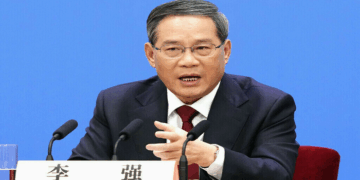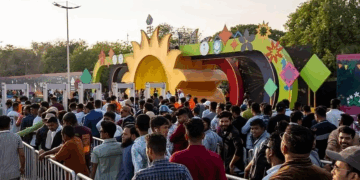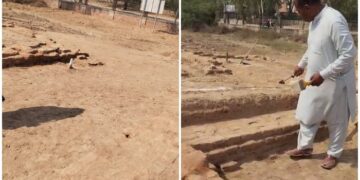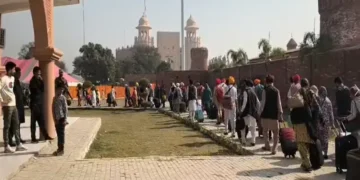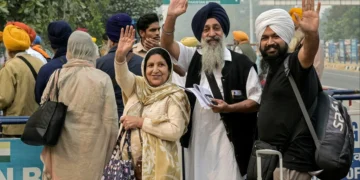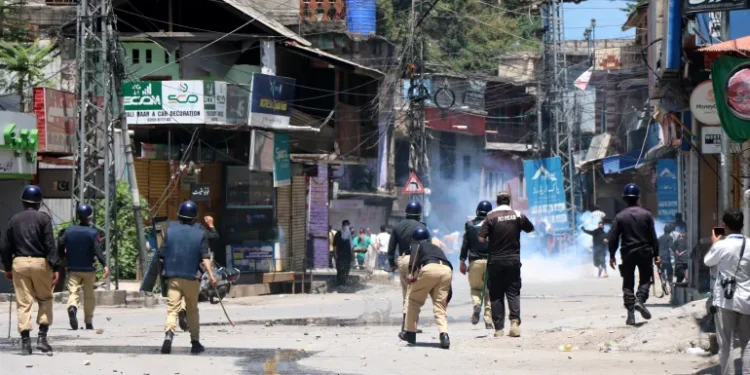Muzaffarabad/Rawalakot; Azad Jammu and Kashmir remains gripped by unrest after violent clashes between the Joint Awami Action Committee (JAAC) and law enforcement left three policemen martyred and more than 100 people injured, including civilians. The violence erupted in Rawalakot, Dadyal, Dheerkot, and Muzaffarabad, where protesters clashed with security forces during shutter-down and wheel-jam strikes.
Shops, hotels, and commercial centres across Muzaffarabad stayed shut for a second consecutive day, while roads were deserted and classrooms largely empty despite schools being open. Officials confirmed that one civilian was killed and several others wounded in firing incidents. A school building was also set ablaze during protests, underscoring the growing volatility.
Government’s Offer of Talks
Amid the spiralling unrest, Federal Minister Dr. Tariq Fazal Chaudhry and AJK Prime Minister Chaudhry Anwar-ul-Haq jointly addressed a press conference, offering fresh negotiations with the JAAC.
Chaudhry revealed that “90% of the committee’s demands have already been accepted”, with federal ministers serving as guarantors to ensure implementation. He disclosed that 12 hours of negotiations had already resulted in a written agreement, with corrections suggested by the JAAC duly incorporated. Despite this progress, he noted, the action committee unexpectedly resumed protests on September 29.
The minister acknowledged that two demands — abolishing 12 legislative seats reserved for refugees settled outside AJK and reducing the size of the cabinet — required constitutional amendments, but stressed that the government remained open to dialogue even on these points.
“We do not want violence in Azad Kashmir, nor do we want our enemy to benefit from it. Dialogue is the only way forward,” Chaudhry warned, adding that violent protests would only give India propaganda material.
AJK PM: Violence a Tragedy, Dialogue the Only Path
AJK Prime Minister Anwar-ul-Haq confirmed that three policemen had been martyred and more than 100 people injured, including eight critically, in the unrest. He stressed that the government placed equal value on the lives of both civilians and police.
“Our doors are open for talks, but law and order will be upheld at all costs. Public rights are buried where human lives are lost,” Haq remarked.
He reiterated that 90% of demands had already been met, and the rest could also be addressed peacefully. Cabinet members, he said, were stationed in Muzaffarabad and Rawalakot to facilitate talks.
The premier further disclosed that Prime Minister Shehbaz Sharif had expressed readiness to personally listen to JAAC leaders, underscoring the federal government’s commitment to a peaceful resolution. He also signalled willingness to review cabinet privileges if required.
JAAC’s 38-Point Charter
The JAAC’s 38-point charter of demands remains the flashpoint of the unrest. Key points include:
- Abolition of 12 legislative seats reserved for refugees outside AJK.
- Removal of elite privileges and perks enjoyed by the political class.
- Reducing electricity and vehicle tariffs, with power supplied at production cost.
- Universal access to free education, clean drinking water, and better agricultural/irrigation facilities.
- Launch of large infrastructure projects, including expressways and major tunnels such as Shohr, Leepa Valley, Jhelum Valley, and Lohar Gali-Muzaffarabad.
Protesters had issued a September 29 deadline for acceptance of these demands, and the government’s failure to respond in time triggered strikes, demonstrations, and eventually violent confrontations.
The Road Ahead
While the government insists that most demands have been addressed, the JAAC leadership’s return to protests has raised concerns of further instability. Both federal and AJK leaders have warned that violent agitation risks pushing the region into chaos and could be exploited by hostile forces.
Observers say the coming days will test whether JAAC opts for sustained street pressure or engages with the government’s renewed negotiation offer — and whether the administration can balance reform promises with enforcement of law and order.

